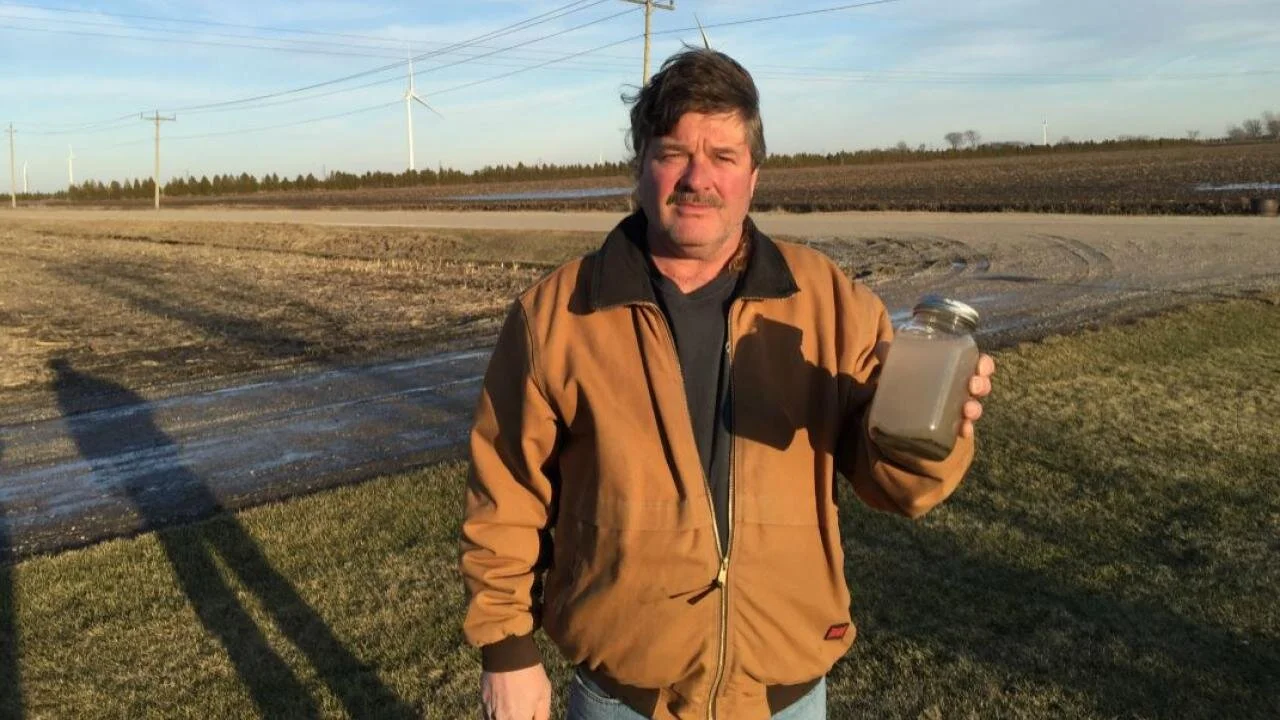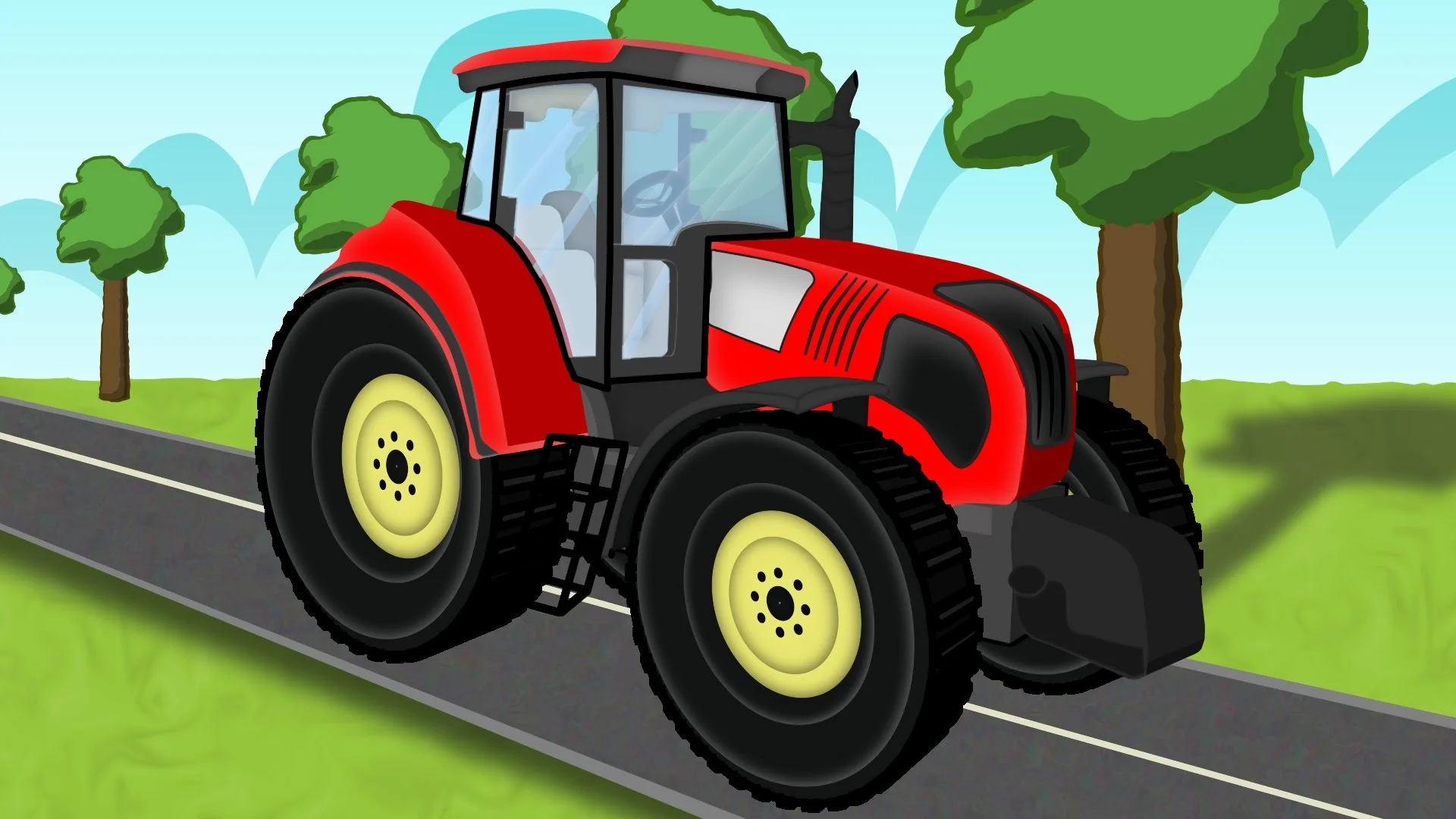Alberta Grade Six Social Studies 6.1 Citizens Participating in Decision Making 6.1.1: Recognize how individuals and governments interact and bring about change within their local and national communities 6.1.3: Analyze how the democratic ideals of equity and fairness have influenced legislation in Canada over time
They Asked for Your Help! Problem-Based Learning Lesson
1. Have students work individually. 2. Provide the students with the "How Can You Help?" handout. 3. Have the students define the problem and determine what they know about the problem, what they need to learn more about, and where they need to look to find information. 4. Students conduct research, find information, and work towards deciding what they should do. The teacher acts as a metacognitive coach, serving as a model.
Bacteria Vs. Virus: What's the Difference? (Grades 11 and 12)
Lab: "Who got us all sick?" With Data Tables - To Accompany Bacteria Vs. Virus: What's the Difference? Lesson
Communicable diseases are caused by pathogens and can be transmitted from one person to another. You can become infected by a pathogen in several ways, including by drinking contaminated water, eating contaminated foods, receiving contaminated blood, and inhaling infectious aerosols (which are droplets from coughs or sneezes). In this lab you will simulate the transmission of a communicable disease.
You Need to Make a Decision (Grades 11 and 12)
What is Acid Rain and How Does It Affect Me? (Grades 11 and 12)
Acid Rain Worksheet To Accompany What Is Acid Rain and How Does It Affect Me? Lesson
Acids, Bases, and Water (Grade 12)
pH and Water Assignment Chart and pH Scale Assignment To Accompany Acids, Bases, and Water Lesson
That's Some Kind of Reaction! (Grades 11 and 12)
Types of Reactions Worksheet To Accompany That's Some Kind of Reaction! Lesson
Observation Sheet To Accompany That's Some Kind of Reaction! Lesson
I Use THAT Much Water?! (Grade 9)
How Much Water Do We Really Have and How Much Do We Use? Questions to Accompany I Use THAT Much Water?! Lesson
What is an Aquifer Anyway? (Grades 6-10)
The students will be able to visualize how water is stored in an aquifer. They will also see how groundwater becomes contaminated, and how these contaminants can end up in their drinking water. The main idea is to relate the above ground actions of people to the drinking water that is stored underground.
What Is Safe Drinking Water? (Grades 6-8, Grades 9-12)
The following questions should be addressed and answered within the lesson: Where does our drinking water supply come from? (Groundwater or Surface Water) Why is it important to treat drinking water? What impurities or contaminants may be found in our drinking water? What are the effects of poor water quality on human health? How can our water be made safe to drink? What is the difference between rural and urban drinking water? What is the difference between Canadian drinking water guidelines and the regulations for Drinking Water in Europe and USA?
What is Safe Drinking Water? (Elementary)
There are two major sources of water: Groundwater - found below the ground where it accumulated in between soil and rocks. The volume of water can range from small to very large similar to above ground creeks, rivers and lakes. Surface water - found on the Earth's surface in lakes, ponds, rivers, etc. Drinking water should be: Clear, Colourless, Odourless
What is Safe Drinking Water Quiz for Students in Grades 6-8 To Accompany What Is Safe Drinking Water? Lesson
What Is Safe Drinking Water Answer Key for the Quiz for Students in Grades 6-8 To Accompany What is Safe Drinking Water? Lesson
What is Safe Drinking Water? (High School)
There are two major sources of water: Groundwater - found below the ground where it accumulates in between soil and rocks. The volume of water can range from small to very large similar to above ground creeks, rivers and lakes, found in bodies of water that resemble underground lakes called aquifers. Surface water - found on the Earth's surface in lakes, rivers, dugouts and reservoirs
Drinking water should be: Clear, Colourless, Odourless




















